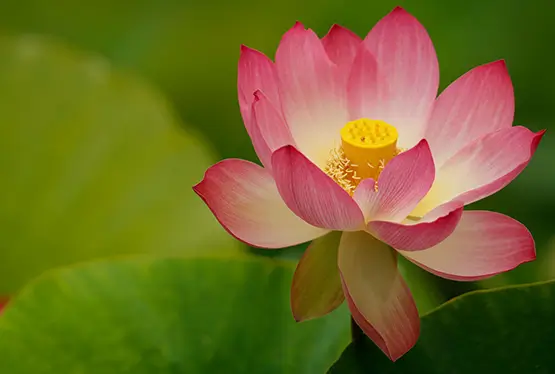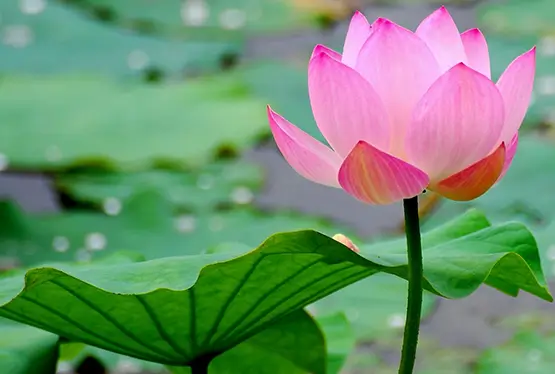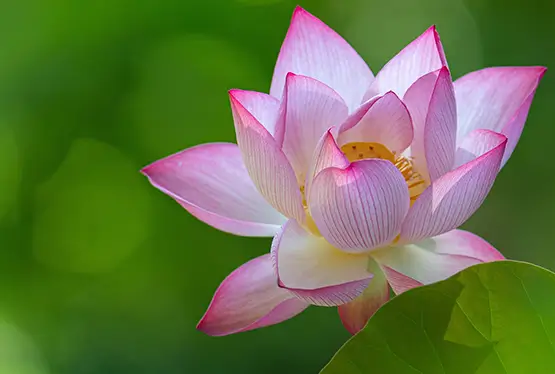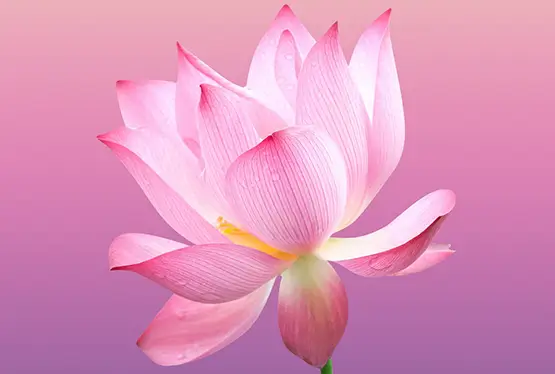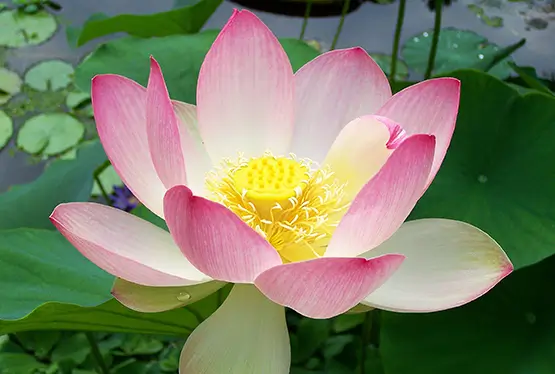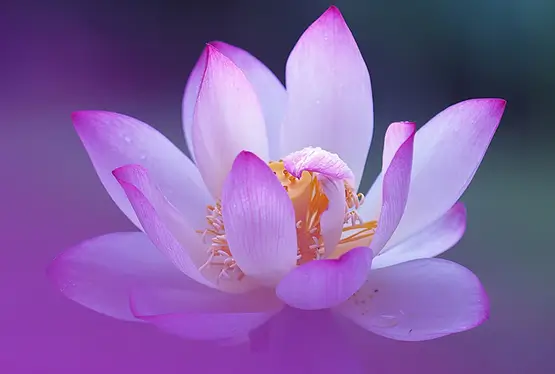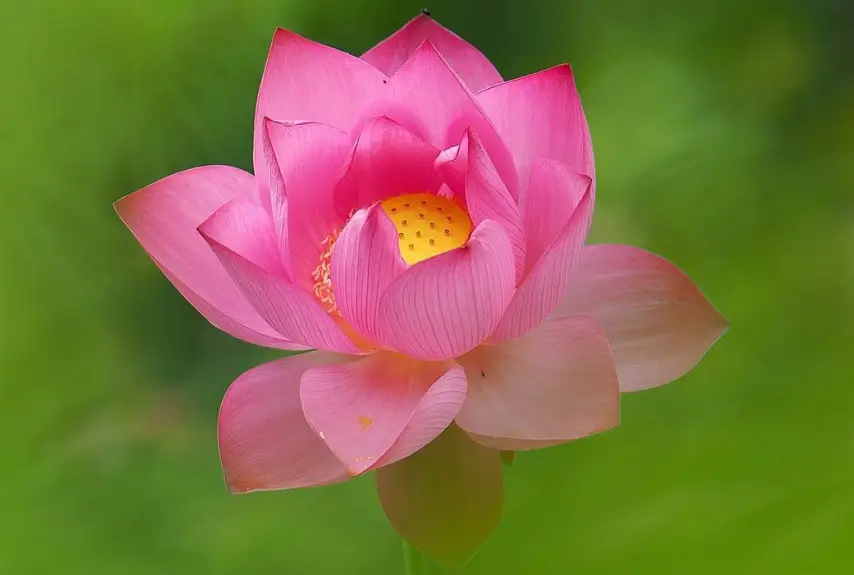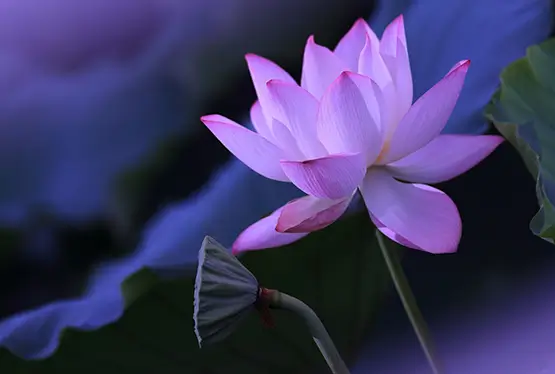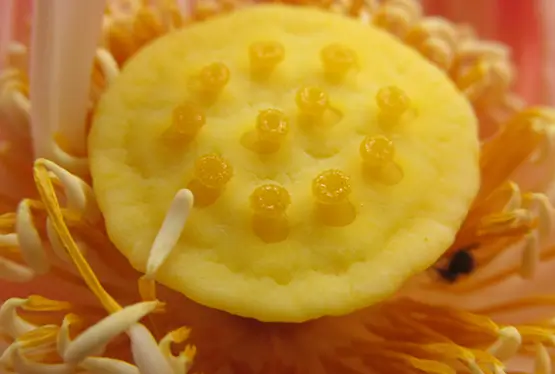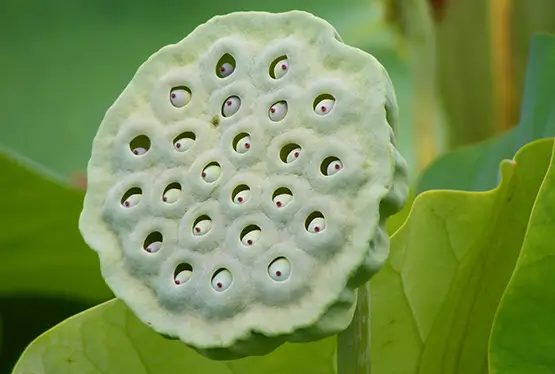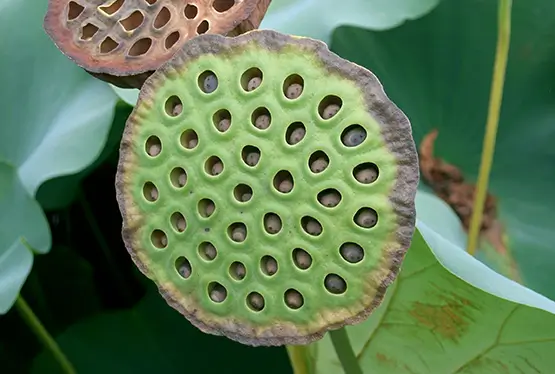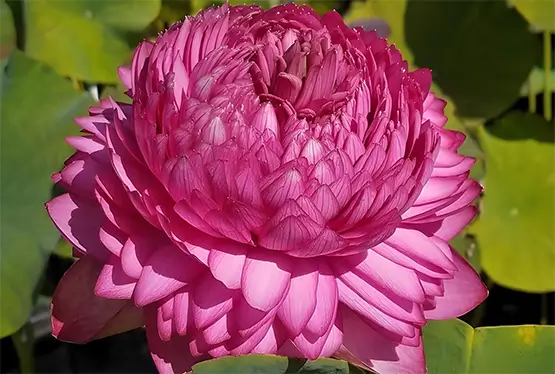Lotus Facts
| Flowers | Lotus | Lotus Pics |
Lotus plants has the remarkable ability to regulate the temperature of its flowers, maintaining a constant temperature of about 30-35°C (86-95°F) even when the surrounding air is cooler.
| Flowers | Lotus | Lotus Pics |
The lotus has been a sacred symbol in various cultures for thousands of years, representing purity, rebirth, and enlightenment in Hinduism and Buddhism.
| Flowers | Lotus | Lotus Pics |
| Flowers | Lotus | Lotus Pics |
Ancient Egyptians considered the lotus sacred. It was associated with the sun god Ra and was often depicted in art and hieroglyphics.
| Flowers | Lotus | Lotus Pics |
Almost every part of the lotus plant, from its seeds to its roots, is edible. In many Asian cultures, lotus seeds are used in cooking and are considered a nutritious delicacy.
| Flowers | Lotus | Lotus Pics |
Lotus leaves are water-repellent. Dirt particles are picked up by water droplets falling on the leaves due to the micro- and nanoscopic architecture on the surface, which minimizes the droplet's adhesion to that surface. This is called 'lotus effect'
| Flowers | Lotus | Lotus Pics |
Lotus leaves can reflect harmful ultraviolet (UV) rays to some extent. This ability is part of the plant's natural defense mechanism against excessive UV radiation.
| Flowers | Lotus | Lotus Pics |
China is the world leader in lotus cultivation. About 70% of lotus for human consumption is produced in China.
| Flowers | Lotus | Lotus Pics |
The yellow cone-shaped structure in the middle of a lotus flower is called the receptacle or carpel. Specifically, it is the seed pod or lotus seed head, which contains numerous holes where seeds will eventually develop. This part of the flower is important for reproduction, as it holds the ovules that turn into seeds after pollination.
| Flowers | Lotus | Lotus Pics |
A fertilized lotus flower bears fruit that contains a cluster of 20 to 30 seeds. Each seed is ovoid 1–2.5 cm wide by 1–1.5 cm long with a brownish coat. They're rich in protein, fiber, magnesium, potassium, and phosphorus.
| Flowers | Lotus | Lotus Pics |
After the lotus flower has been pollinated and the petals have fallen off, the seed pod (also called the seed head or receptacle) begins to mature and dry out. This process can take several weeks. Lotus seed pods have a unique structure that allows seeds to be ejected when the pod is shaken by wind or animals, aiding in dispersal. Lotus seeds have a hard, water-resistant outer coating. They also contain air spaces, which allow them to float on water for extended periods. The floating seeds can be carried by water currents, potentially traveling long distances from the parent plant.
| Flowers | Lotus | Lotus Pics |
Lotus seeds can remain viable after long periods of dormancy. In 1994, a seed from a sacred lotus, dated at roughly 1,300 years old ± 270 years, was successfully germinated.
| Flowers | Lotus | Lotus Pics |
A seldom cultivated lotus variety, Qian Ban Lian ("Thousand Petals Lotus"), produces flowers with the highest number of petals in the world. Each blossom typically has over 1,000 petals.
| Flowers | Lotus | Lotus Pics |

